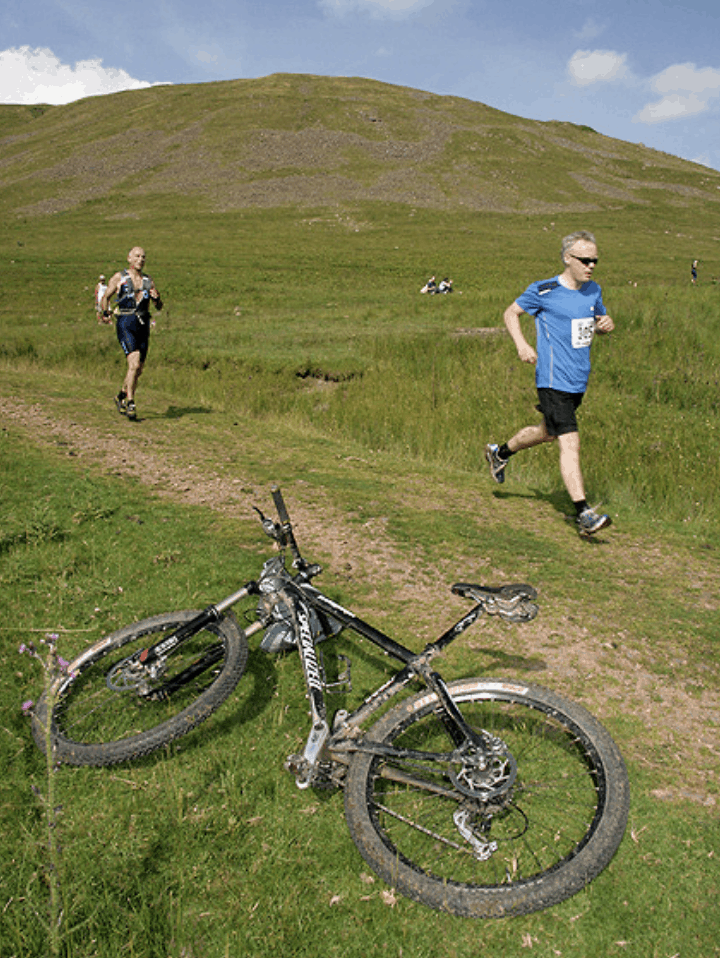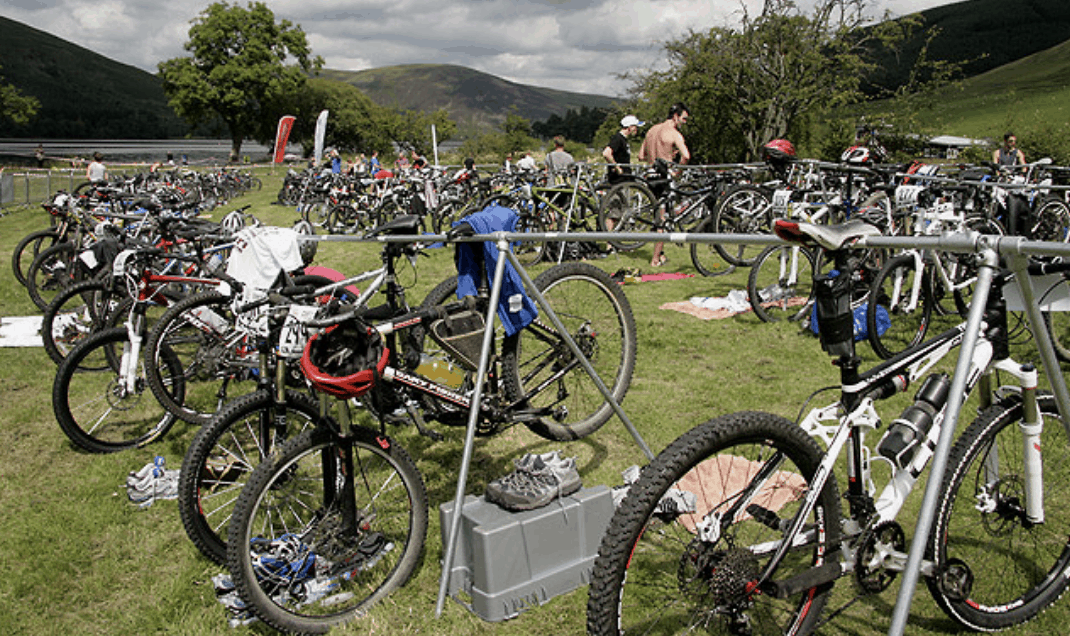Triathlons are hard work to prepare for, and yet they can be so worthwhile to participate in even if you have no intention of winning the race. If you do intend to try to be among the first few people to finish then one of the most important things that you are going to have to work on is your transitioning.
While you might not think of the transitioning as something that takes a lot of time, you might be surprised at just how much time a bad transition can take you. Knowing just what to expect and what you are doing can make your whole race much easier.
1. Make Sure You Have Everything You Need
The very first thing that you are going to have to do in order to get ready for your transition is to make sure that you will have everything that you will need. Some people like to wear socks, and if you do too then you should have those at your transition spot.
If you prefer going with no socks and with talcum powder in your shoes instead, then you should already have the powder in your shoes. This goes for other things like sunglasses, a hat, and other optional things that you may want to have.
Most importantly, you should not forget to make sure that your shoes and everything is in good condition. You do not want to trip during your run because the tread of your running shoes is separating from the sole or anything like that.
At the same time, you should probably avoid wearing brand-new shoes or ones that you have only worn once or twice. You will not be able to tell yet how comfortable they are or are not and they might rub your foot in a spot that you did not know about which is obviously not something you want to happen during a triathlon.
2. Learn How To Set Up Your Transition
Everyone likes to set up their transition a little differently, but there are some key things that you are going to look for. Firstly of all, you should keep in mind that the order of events is going to be swimming, then biking, then running.
This is the usual order of events and, this being the case, you should set up your transition on a towel with your biking items such as your helmet and biking shoes closer to where you will naturally grab them from and the running items further away.

Take your own natural inclinations into consideration when you do this. For example, if you find it more natural to grab from the front, then put your biking items in a row on the front of the towel and your running items in the back. On the other hand, if you find it more natural to grab from one side, then put your biking items on one side and your running items on the other.
Also, you should know which side you tend to grab things from first. This way you can put everything on the towel in the order you will need to grab them. While it may take you some time to figure out all of this, it will be far easier and faster to transition once you have it set up correctly.
3. Learn How To Properly Transition
Learning how to set up your transition is only part of knowing how to properly transition during a triathlon. There is a surprising amount of other things that go into doing it properly. One thing that you should keep in mind is that you use different muscles for each area.
While you might think that you already know this, there is more to it than simply knowing it. After the ride on your bike, for example, your legs are going to feel like jelly as you transition to the next stage which is running.
In order to avoid this as much as possible, you have to actually start transitioning about a mile before you get off of your bike. You do this by making sure that you are pedaling some even if you are going downhill.
The goal here is to stretch your legs out some while you are on the bike before you have to hit the running section on your feet. While this will not completely get rid of the strange feeling that your legs are bound to get, this will help some.
Above all, you should keep in mind that the transition will start before you are actually transitioning. This brings me to the next tip, which is:
4. Go Over The Transition In Your Head
There are really two parts to this, either one of which is a good enough reason all on its own. This first part ties into the previous tip in that you need to be mentally prepared for the next stage to feel a little weird at first as you switch up the muscles that you are using.
If you transition without expecting this sensation then this can really throw you off and it can cause you to make mistakes that you would not have otherwise made. It is therefore vital that you are mentally prepared for the change in muscles.
The other part of mentally preparing is that you should go over your transition in your head at least once as you approach the spot where you will be making your transition at. This will actually help get your muscles ready to do the movements needed to take off, put on, and go.
5. Practice Transitioning
The next thing that you should always do is to practice transitioning as much as you possibly can. Some people who do triathlons regularly say that spinning around in circles for a while makes them feel similar to when they first come out of the water.
Start there and then transition to being on your bike. Ride around for a while and then transition to your running shoes. Practice this whole thing over and over again in order to work out any kinks. If you find that your helmet is easier to grab on the right side of your shoes than on the left, now is the time you want to find that out and not in the middle of the triathlon.
6. Join A Group
This is one tip that many people do not even think about. The fact remains that there are such things as triathlon groups whose express purpose is to train and prepare for triathlons. Most of these people have been in at least one or two themselves.
These are, therefore, great people to ask questions to and will be the most likely people to have all kinds of tips and knowledge for you to take advantage of. Also, don’t forget the fact that practicing your transitions with other people can be a great idea.
Not only will they be able to give advice, but you will be able to see how you measure up. This can be important since you do not want to look at the other people transitioning during the triathlon, you should be focusing on yourself.
7. Relax!
Last, but certainly not least, you should always remember to relax some when you are transitioning. If you are busy thinking about how far behind you feel you are and are trying to catch up as quickly as you can, then you are not relaxed.
This is actually a fairly important part of transitioning. Think about it this way: if you are going to fumble, put your shoe on the wrong foot, or any other mistake like that, when are you more likely to do so? When you are relaxed, or when you are tense or worried?
The fact is if you want your transitions to be as smooth and as fast a possible then you have to relax. Try to focus on having fun or at the very least make yourself take a deep breath to help calm yourself for a moment.

